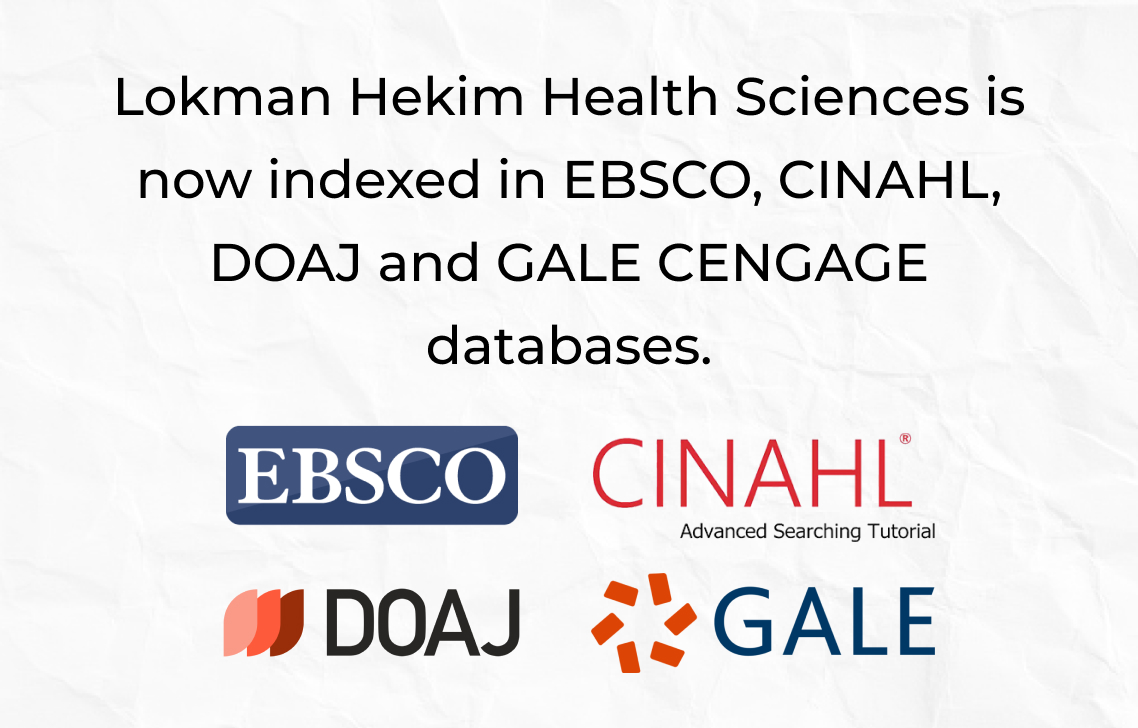2Department of Nursing, İstanbul Arel University, Faculty of Health Sciences, İstanbul, Türkiye
Abstract
Introduction: This study was conducted to determine the relationship between pre- and post-operative chest pain and anxiety and vital signs in patients undergoing percutaneous coronary intervention.
Materials and Methods: The research was conducted as a descriptive-relationship study. The data were collected between October and December 2022 through a face-to-face survey method in the coronary intensive care unit of a heart hospital in the European side of Istanbul. A total of 185 patients who underwent percutaneous coronary intervention and lasting pain after the procedure responded to the questionnaire. The data were obtained by using the Patient Information Form, Numerical Rating Scale (NRS), State–Trait Anxiety Inventory (STAI), and vvital signs follow-up form.
Results: The NRS score before the procedure was 7.06, while that after the procedure was 3.21 (p<0.05). The State Anxiety Score before the procedure was 61.56, while that after the procedure was 32.36 (p<0.05). The pre-procedural pain varied by 78.7% in the anxiety score and 29.8% in the post-procedure anxiety score. The effect size of pain was 2.90, while that of anxiety was 3.10. Age, gender, and marital status of the patients were insignificant (p>0.05) in terms of the pre- and post-operative pain, anxiety, and life follow-up. The relationship between previous hospitalization and stent placement and pain, anxiety, and vital signs (p=0.00, p<0.05) was significant. A positive correlation was found between the NRS and the STAI (p<0.05). While it was significant in pain, anxiety, heart rate, blood pressure, and respiratory count before and after the procedure (p<0.05), it was insignificant in saturation and body temperature (p>0.05).
Discussion and Conclusion: While the increase in pain increased the measurements of the anxiety level and vital signs, it improved the anxiety level and vital signs with its decrease. According to the results, research can be recommended about the ability of patients to identify pain to provide education for early hospital admission before the pain score increases.
2İstanbul Arel Üniversitesi, Sağlık Bilimleri Fakültesi, Hemşirelik Bölümü, İstanbul, Türkiye
Amaç: Bu çalışma, perkütan koroner girişim uygulanan hastalarda pre- ve post-operatif göğüs ağrısı ile anksiyete ve hayati bulgular arasındaki ilişkiyi belirlemek amacıyla yapılmıştır.
Yöntemler: Araştırma, tanımlayıcı-ilişkisel bir çalışma olarak gerçekleştirilmiştir. Veriler, Ekim ile Aralık 2022 tarihleri arasında İstanbul Avrupa yakasındaki bir kalp hastanesinin Koroner Yoğun Bakım Ünitesi'nde yüz yüze anket yöntemiyle toplanmıştır. Toplam 185 hasta, perkütan koroner girişim geçiren, işlem sonrası ağrı devam eden hastalar olarak ankete katılmıştır. Veriler, "Hasta Bilgi Formu", Sayısal Derecelendirme Ölçeği (SDÖ), "Durumluk Anksiyete Envanteri (STAI)" ve "Hayati Bulgular Takip Formu" kullanılarak elde edilmiştir.
Bulgular: İşlem öncesi NRS skoru 7.06, işlem sonrası ise 3.21 olarak bulundu (p<0.05); Durumluk Anksiyete Skoru işlem öncesi 61.56, işlem sonrası ise 32.36 olarak belirlendi (p<0,05). İşlem öncesi ağrı, anksiyetede %78.7'lik bir varyansa, işlem sonrası anksiyete skorunda ise %29.8'lik bir varyansa sahipti. Ağrının etki büyüklüğü 2.90 ve anksiyetenin etki büyüklüğü 3.10 olarak bulundu. Hastaların yaş, cinsiyet ve medeni durumları pre- ve post-operatif ağrı, anksiyete ve hayati bulgular takibinde anlamlı bulunmadı (p>0.05). Önceki hastaneye yatış ve stent yerleştirilmesi ile ağrı, anksiyete ve hayati bulgular arasındaki ilişki anlamlıydı (p=0.00, p<0.05). NRS ve STAI envanteri arasında pozitif bir korelasyon bulundu (p<0.05). İşlem öncesi ve sonrası ağrı, anksiyete, kalp atış hızı, kan basıncı ve solunum sayısında anlamlı değişiklikler gözlenirken (p<0.05), oksijen satürasyonu ve vücut sıcaklığı açısından anlamlı bir değişiklik bulunmadı (p>0.05).
Sonuç: Ağrının artışı, anksiyete düzeyi ve hayati bulguların ölçümlerini artırırken, ağrının azalmasıyla birlikte anksiyete düzeyi ve hayati bulguların iyileştiği bulundu. Sonuçlara göre, hastaların ağrıyı tanımlama yetenekleri ve ağrı skoru yükselmeden önce hastaneye erken başvuru için eğitim sağlanmasına yönelik araştırmalar önerilebilir.






 Feyza Nur Yuka1
Feyza Nur Yuka1 









